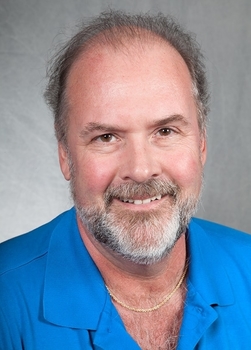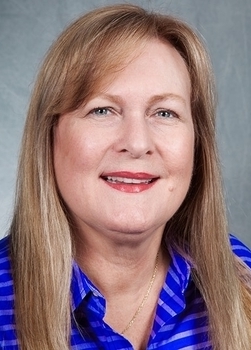It is an exciting time to be a data nerd – the 2020 Census data are trickling out. And, apologies to Bob Dylan, with the times, the data are a-changing! The key data points released thus far confirm the growing diversity of America. I’ve been looking at some of the numbers for Florida, with a population now of over 20 million. Cities like Jacksonville have seen major racial and ethnic changes as well as population growth. Growing up in Jacksonville, I remember when the population of Duval County/Jacksonville was about ½ a million – and that seemed large. Now it is about double, with Duval County/Jacksonville nearing 1 million with another 600,000 people in the metro area. And, while, according to the data, Jacksonville is still the largest majority-white city in the U.S.A., that majority is now under 50%. Nationwide, the white portion of the population is now under 60%, a significant drop from prior counts. Another interesting factor is the dramatic increase of people identifying as mixed race and/or multi-ethnic individually and in households. Many of the stories about these changes look at how these changes impact political re-districting. But, as Melissa and I are in the trial consulting world, I want to comment on changes in juries, or in jurors. Assumptions about races or ethnic groups have never been simple, though we’ve seen attorneys try to use these as shortcuts. Now, more than ever, these stereotypes will not hold because the population of potential jurors is more complicated. In the last couple of years I’ve had defense attorneys in Jacksonville lament that Jacksonville juries have become more generous, more “liberal.” Well, perhaps now they can see why – the population base has changed! A Colombian restaurant owner in Jacksonville in a Florida Times-Union article was quoted as saying “We are different races, colors, religions and political views….I’m Colombian and I may look one way and then my other fellow Hispanics can look completely different and still be Hispanic…” Hispanics from different countries and origins not only look different physically, but there are differences in how different people from different countries of origin look at the world and, each other. We’ve observed these differences many times in mock jury deliberations. The fact that things have changed is not news – seeing the changes quantified is. Learning about the changes is important, but not as important as learning to adjust to them. Trial lawyers must realize that their perspectives on the world of decision makers must constantly be adjusted in order to get the desired result in litigation. Keeping up with demographic changes is one part of that adjustment. I dare say, as trial consultants, we can play a role in helping attorneys learn and adjust to the new reality.
I’m thrilled that David decided to write about this topic! I am the embodiment of the definition of “science nerd” and “data nerd.” I love both science and the data obtained from research more than almost anything. (The recent refusal of some people to believe in science, particularly medical science, is mind numbing to me, but that’s another story!) We, at Magnus Research Consultants, rely on information compiled and provided by the United States Census Bureau in several ways. First, we use Census information as a basis for recruiting all of our mock jurors and focus group participants, as well as for sampling within the context of attitude surveys. All of our research is scientifically based, such that our research participants are selected to be representative of the population in the trial venue. (I am a firm believer in the maxim, “Garbage in, garbage out,” such that I believe having a proper sample of research participants is essential for good research.) Second, Magnus uses Census data in every report we provide to our clients. We always include these data to provide our clients with a “snapshot” of the trial venue. Finally, I diligently try to maintain an awareness of Census information as it pertains to jury selection, in terms of who is going to be on the venire from which we select the 6 or 12 people who will decide our clients’ cases. I selected a jury in Broward County, Florida (my home for the past 30 years) recently and was pleased to see a group of 25 prospective jurors who were as diverse as my county has become overall. I am eagerly waiting on all of the Census data to be released so that I can become fully informed of all the changes in the people who reside in Florida and throughout the U.S.A.



Comments are closed.